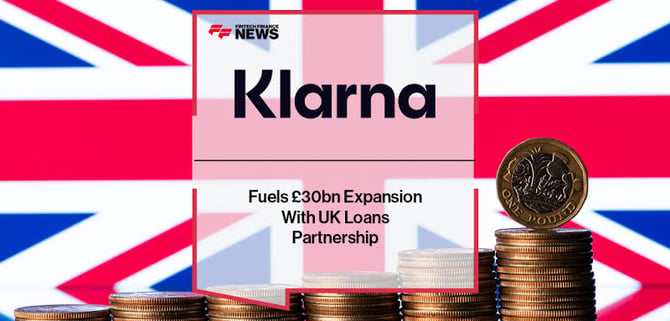Klarna’s Wall Street Debut Signals Buy-Now-Pay-Later Boom

Klarna’s listing on the New York Stock Exchange marked one of 2025’s most anticipated debuts, with shares climbing 14.6% on day one. Priced at $40, the stock opened at $52 and briefly touched $57 before closing at $45.82. More than 34 million shares were sold, raising $1.37 billion, making it the largest IPO this year in a market already buzzing with flotations.
The Swedish fintech, founded in 2005 and active in the US since 2015, has become synonymous with buy-now-pay-later. Its “pay-in-4” option, allowing purchases to be split into four payments across six weeks, has resonated with 111 million consumers worldwide.
Klarna reported Q2 revenue of $823 million with an adjusted profit of $29 million. Delinquency rates remain low at 0.89% for short-term loans and 2.23% for longer-term plans, both below US credit card averages.
The IPO cements fortunes for founders and backers alike. CEO Sebastian Siemiatkowski’s 7% stake is now worth $1 billion, while early investor Sequoia Capital controls 21% valued at $3.15bn.
What Does This Mean for Me?
Klarna’s market capitalization now positions it just behind competitor Affirm, whose shares are up 40% this year, pushing its valuation to $28 billion. With Affirm slipping slightly on Wednesday, investor attention is shifting toward Klarna as it seeks to expand its footprint in the world’s largest credit card market.
For traditional banks and card issuers, it’s clear that buy-now-pay-later has moved from niche to mainstream, and Wall Street is betting heavily on its staying power.
More News

Novo Nordisk Shares Soar as FDA Clears First Weight-Loss Pill

From Comeback to Contender: Can Europe’s Banks Deliver Again in 2026?

Oracle’s Miss Stirs Fresh AI Bubble Jitters

Netflix’s $72bn Power Play Sets Up a Streaming Shockwave

HP Bets on AI as Cost Pressures Mount and Layoffs Deepen

SoftBank Cashes Out of Nvidia to Double Down on AI Bets

Amazon Rallies 13% as Cloud and AI Power Record Earnings
